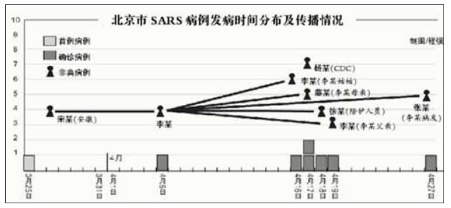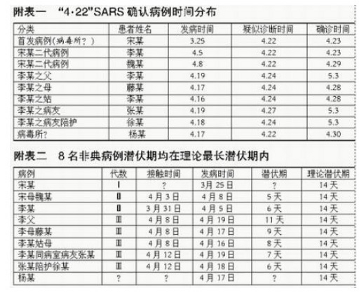The cases are typically separated between:
- The February ones (Cui and Ren) which seem to have been covered up by the CDC Institute of Virology. Also we only have pseudonyms for these 2.





Do you really believe this? And you believe BDA is a time traveler too? You say BDA has accurately predicted things. Please point me to the proof. I have not seen any proof so far.
— I am Justice. God's Kingdom is coming. Wake up. (@GlynAlyn) October 13, 2020